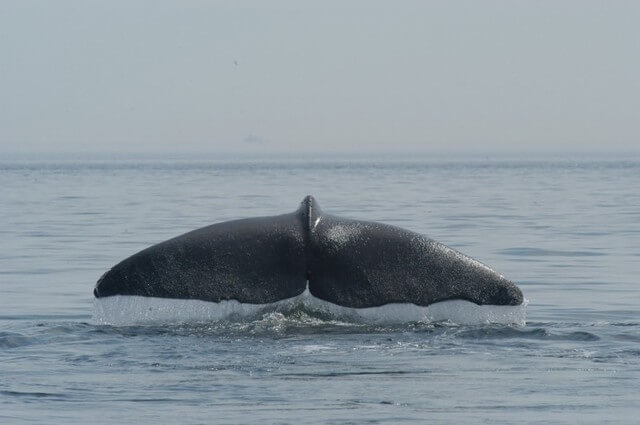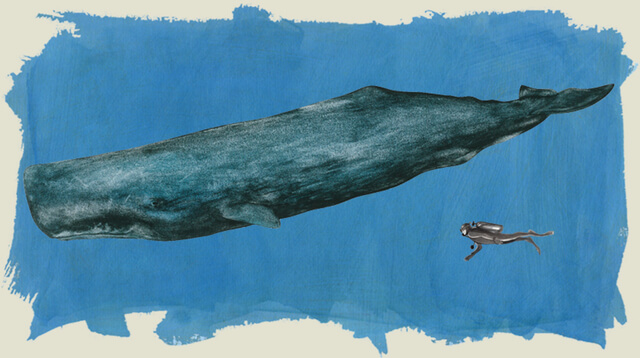Several species of whales have traits that are well suited to their diving behaviour. For example, the relatively small size of their lungs relative to their body allows them to carry less air when they dive.
This helps minimize the buoyancy of the air when the whales descend. Could bone density also be one of these adaptive traits?
Whale bones are composed of different tissues whose composition and structure are generally comparable to those of the bones of land mammals. However, the bones of whales that dive to considerable depths are much less dense than those of land mammals.
What theories might explain these observations?
Low-cost yoyo-ing in the water!
The lower its bone density, the more energy the animal exerts when it dives. However, it also spends less energy to subsequently return to the surface. It is therefore difficult to know whether or not low bone density is an adaptation that helps reduce the energy costs of diving (including both the descent and ascent phases). This could be the case if low bone density proved less restrictive for the descent than advantageous for the ascent.
Indeed, this seems to be the case: The buoyancy afforded by their low-density bones is likely offset by adaptive features such as small lungs, and therefore the minimization of air carried during the descent. Conversely, the low density of their bones is believed to enable them to come back up to the surface while expending little energy.
From an evolutionary standpoint
One study has shown that in the evolutionary history of whales, there is a gradual decrease in bone density proportional to an increase in diving behaviour to increasingly greater depths. This would support the hypothesis that the low density of whale bones is an evolutionary adaptation to life in deep water and the ascent phase of their indispensable dives.
En savoir plus :
- Encyclopedia of Marine mammals, p.116-118 editors William F.Perrin, Bernd Würsig, J.G.M Thewisen






